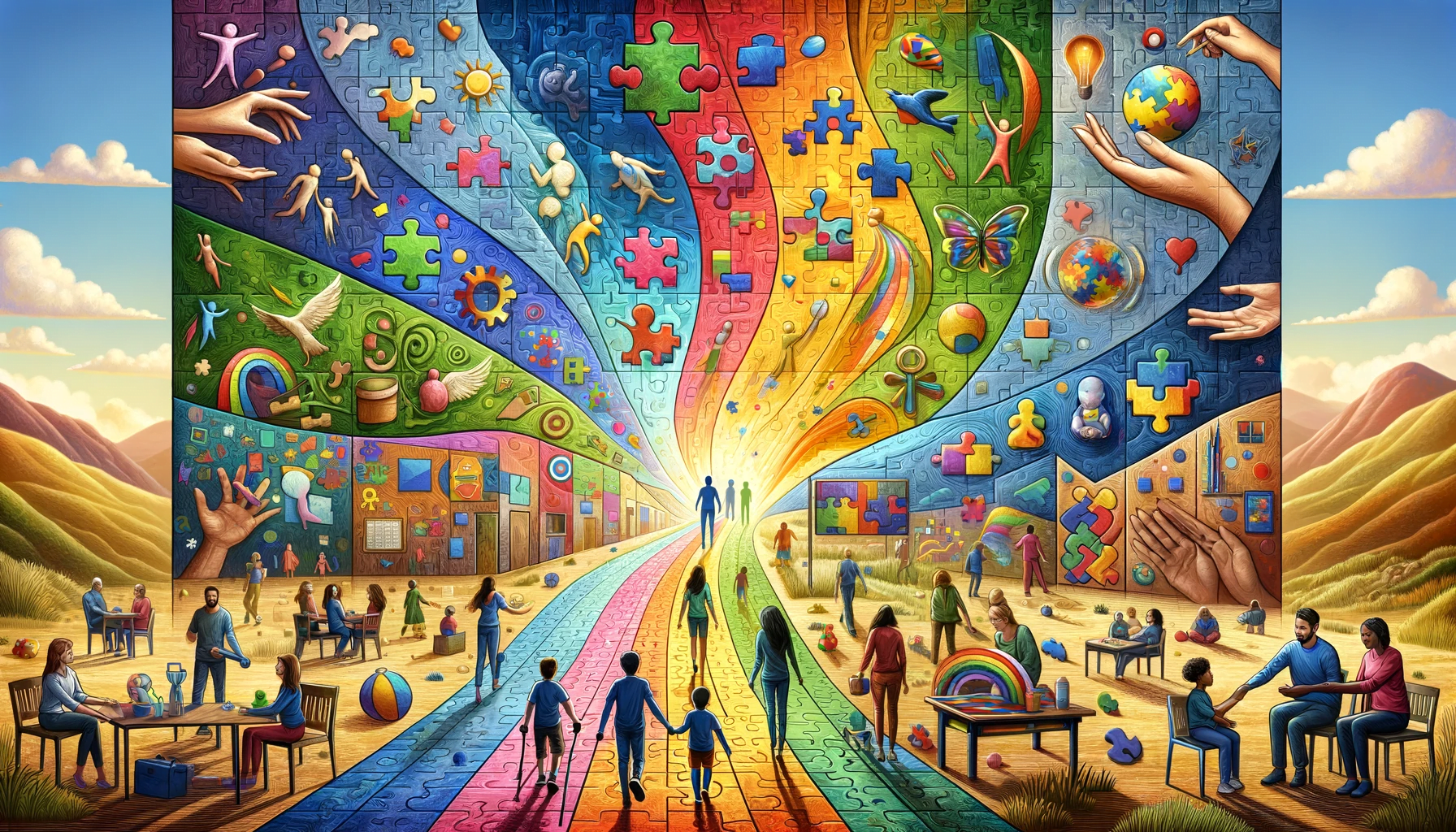In the realm of mental health, digital and virtual reality (VR) technologies are breaking traditional barriers, offering new, innovative, and accessible solutions for therapy. From cognitive behavioral therapy (CBT) apps to virtual reality environments for exposure therapy and online therapeutic platforms, technology is reshaping the therapeutic landscape. This article delves into how these digital advancements are enhancing therapeutic practices, expanding access, and providing individuals with more tools to manage their mental health.
Digital technology’s integration into healthcare, commonly referred to as digital therapeutics, represents a significant shift in treatment paradigms. These technologies include apps for smartphones and tablets, virtual reality systems, online platforms, and wearable devices. They are designed to supplement traditional therapeutic techniques, offering convenience, customization, and scalability.
CBT apps are among the most prevalent forms of digital therapeutics in mental health. These apps guide users through various exercises that are typical in CBT, helping them recognize and challenge distorted cognitions and change destructive patterns of behavior. They are particularly effective for conditions like depression, anxiety, and insomnia, providing users with immediate, anytime access to therapeutic techniques.
Virtual reality technology is revolutionizing exposure therapy, a treatment method where patients are exposed to their fears in a controlled environment to overcome them. VR allows for a safe, controlled, and customizable environment where individuals can face their fears directly. It’s been particularly useful in treating conditions like PTSD, phobias, and anxiety disorders, offering a realistic, immersive experience without the logistical and safety concerns of real-world exposure.
The rise of online platforms has significantly broadened the reach and scope of therapeutic services. These platforms offer a variety of services, including one-on-one therapy sessions, group therapy, and educational resources, all accessible from the comfort of one’s home. They often provide anonymity and flexibility, which can be particularly appealing to individuals who might be reluctant to seek traditional face-to-face therapy.
- Accessibility: Digital solutions can reach people in remote or underserved areas, providing access to mental health care that might not be available otherwise.
- Anonymity: For individuals concerned about stigma, digital platforms can offer a level of anonymity that encourages them to seek help.
- Consistency and Convenience: Users can access these tools anytime and anywhere, allowing for consistent, convenient care.
- Customization: Digital tools can be tailored to the individual’s specific needs, preferences, and progress.
While the benefits are significant, there are challenges and ethical considerations in the deployment of digital and VR therapies. These include ensuring the privacy and security of users’ data, maintaining the quality and effectiveness of therapeutic content, and addressing the digital divide that may prevent some populations from accessing these technologies. Additionally, these technologies should complement, not replace, traditional therapy and the crucial human element it provides.
The field of digital and virtual reality therapies is rapidly evolving, with continuous advancements in technology leading to more innovative and effective treatments. As research expands and these technologies become more integrated into the healthcare system, they promise to make mental health care more personalized, efficient, and widespread. However, their success will depend on continued collaboration among technologists, clinicians, patients, and policymakers to ensure they are safe, effective, and equitable.
The increasing use of digital and virtual reality technologies for therapeutic purposes reflects a growing interest in accessible, innovative mental health solutions. As we continue to navigate this exciting frontier, these technologies are poised to make significant contributions to mental health care, offering new hope and possibilities for individuals seeking support and treatment. Whether supplementing traditional therapy or offering new standalone options, digital and VR technologies are integral to the future of mental healthcare.









